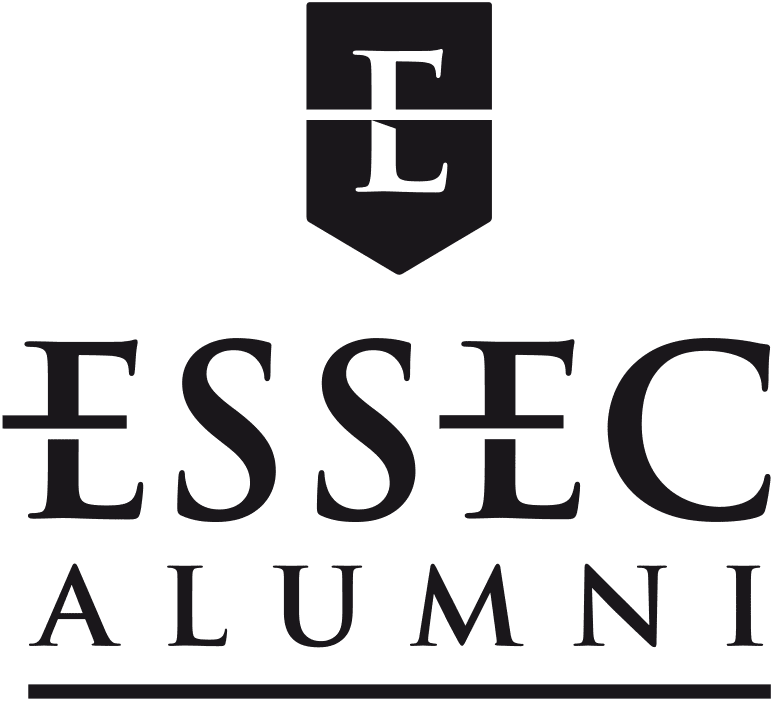Reflets Magazine #152 | Pierre Lacombe (M14): ‘There is considerable potential for growth in Guiana’
Reflets Mag #152 includes a feature on French overseas territories and on their shared and specific issues, particularly on an economic level. Among the interviewees is Pierre Lacombe (M14), head of external relations at La French Tech Guiana. Here is a free online translation of an excerpt of the article… Subscribe to get the next issues (in French)
Reflets Magazine: What brought you to Guiana?
Pierre Lacombe: I’m also a graduate of CentraleSupélec, and I began my career in the drone sector with Parrot. I then joined Berkeley University in California to co-develop alongside three computer engineers the ‘visual programming framework’ Voltapp, a ‘no-code’ (or ‘low-code’) standard in the form of combinable computer code bricks, which enables companies to rapidly create their sovereign AI applications and functions. This technology caught the eye of the Guiana Space Centre, and thus the Nocode Space Lab came into being, with its applications such as InfoBase, the base’s ‘sovereign Whatsapp’ and dedicated training programmes. This experience led me to French Tech Guiana, where I guide the region’s digitalisation and help promote local tech in Metropolitan France (at Vivatech for example) and other overseas territories (the French Tech Days in Reunion Island).
RM: What is Guiana’s current economic situation?
P. Lacombe: Guiana is the new French frontier, with a context recalling the historic conquest of the American West. This region covers an area equivalent to a third of France but just 5% is inhabited, primarily along the coast. Towns such as Maripasoula, with more than 10,000 inhabitants, are not always accessible by road; it takes about 10 hours to get there by canoe. There is considerable potential for growth, however. During his recent State visit, President Emmanuel Macron relaunched the project to build a road along the Maroni River, which would significantly improve safety and access to public services. The majority of the population is under 25 years, and the birth rate is rising. Many families move here from South America in the hope of offering a better life to their children.
RM: What are Guiana’s main economic growth levers right now?
P. Lacombe: Historically, Guiana’s resources draw on numerous raw materials essential to the public works sector, such as wood and quarries, in addition to gold. The location of the Guiana Space Centre (Centre Spatial Guyanais -CSG), led by the French National Centre for Space Research (CNES) on behalf of the European Space Agency (ESA) and its 22 member states also generates a lot of activity. Designed both for rockets such as Ariane or lighter and soon-to-be reusable launchers, it has become a genuine space port for numerous operators. Even the Americans launched the James Webb satellite, the spearhead of space observation, from here.
RM: What other levers could be activated in the future?
P. Lacombe: Biodiversity represents a strong growth lever, thanks in particular to the Amazonian Park, Europe’s largest natural park, home to 6,000 plant species and a potential draw for green tourism. This sector is still in its early days, but certain initiatives are already promising. For example, the hundred or so inhabitants of the remote village of Saül (pronounced Sahul), located deep in the forest and accessible only by small aircraft, attracts visitors for its locally produced cocoa. The environment must nevertheless be protected. In this regard, another future project will be the fight against illegal gold-mining and its mercury discharge which poisons people, plants and wildlife, to consolidate a more environmentally-friendly excellence sector. Lastly, digital is another promising sector. Guiana boasts high-quality technical infrastructures which are often lacking elsewhere on the continent. The region thus offers great remote working opportunities and welcomes relocations from numerous South American countries, with which it shares the same time zone. These countries come looking for IT developers notably. Demand is actually so high that it also opens training prospects; we need more talents on site.
Interview by Louis Armengaud Wurmser (E10), Content Manager at ESSEC Alumni
Translation of an excerpt of an article published in Reflets Magazine #152. Get the next issues (in French)

Comments0
Please log in to see or add a comment
Suggested Articles

